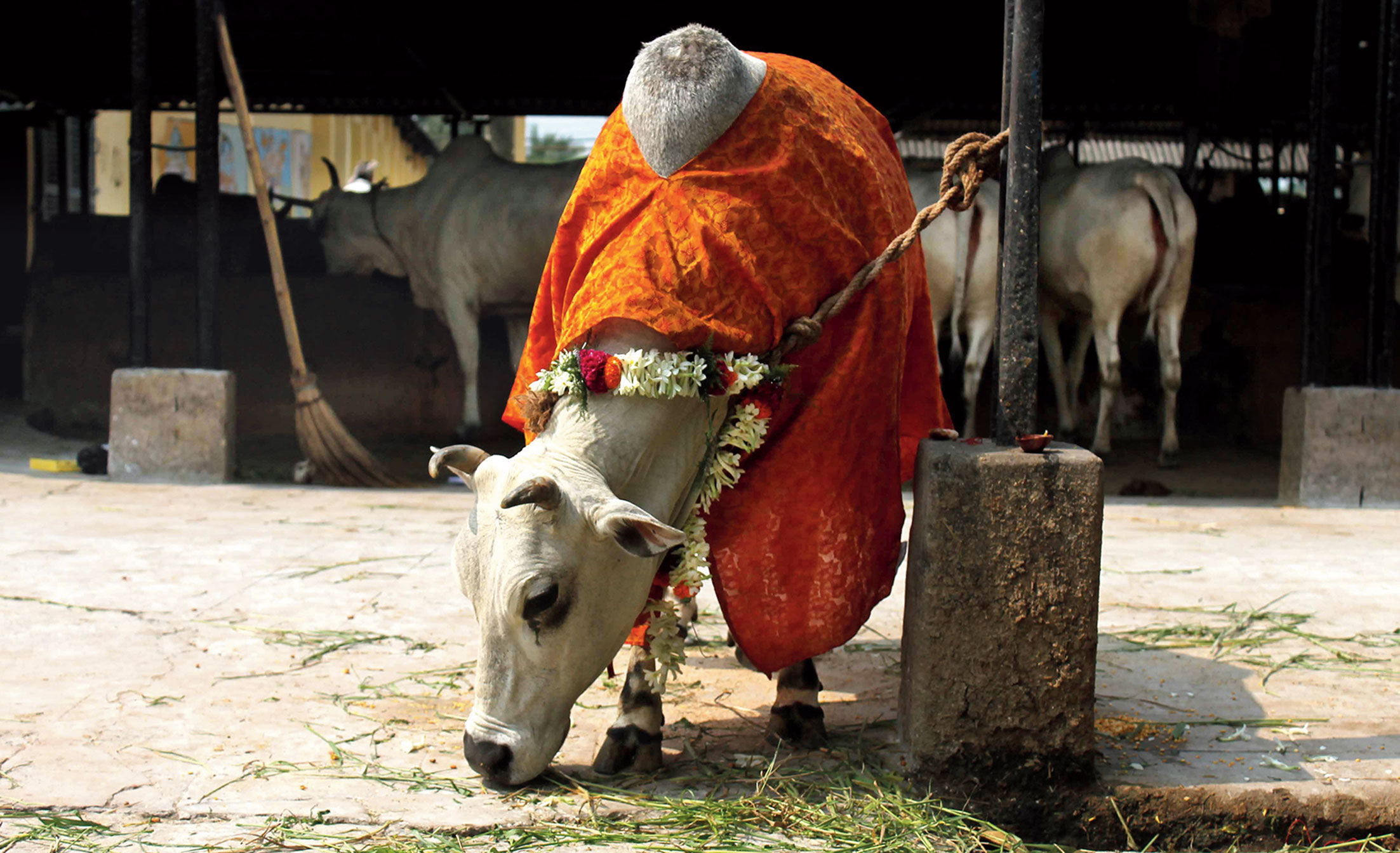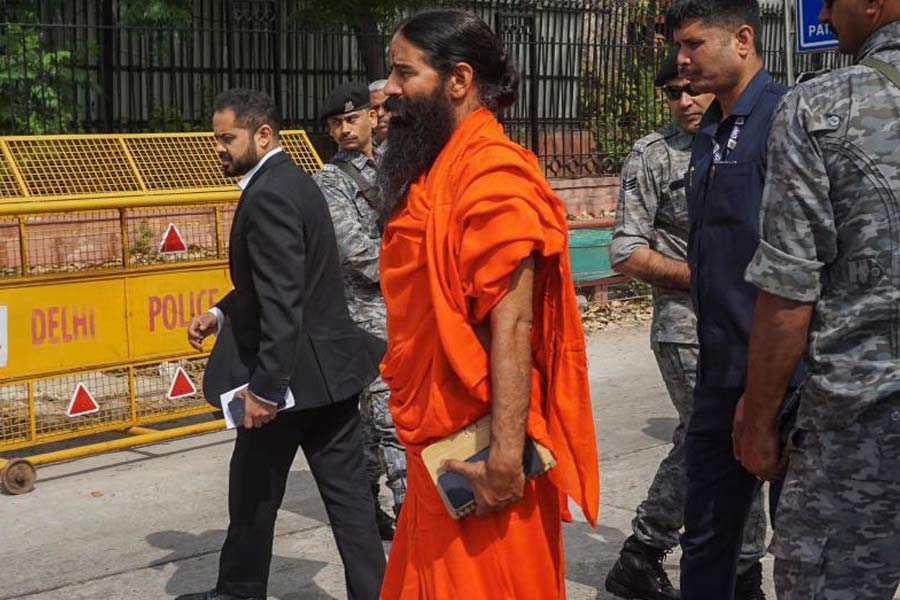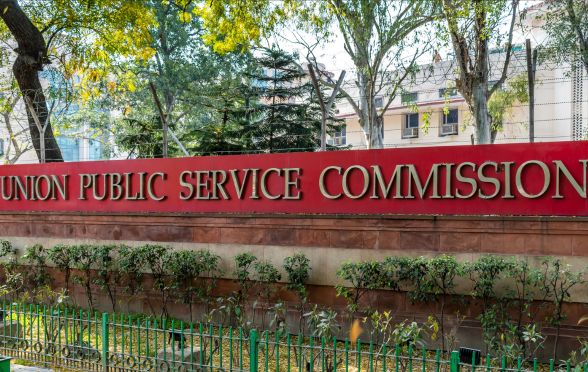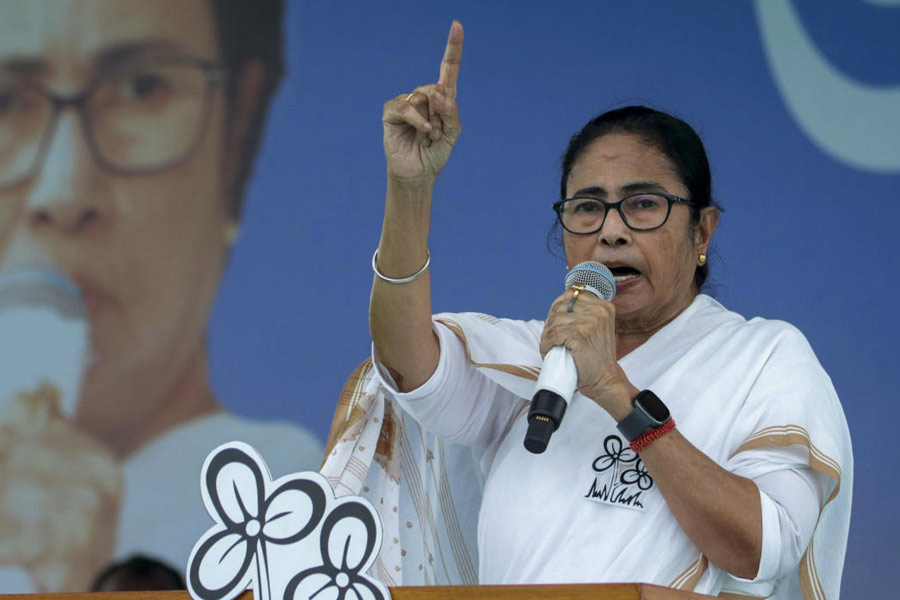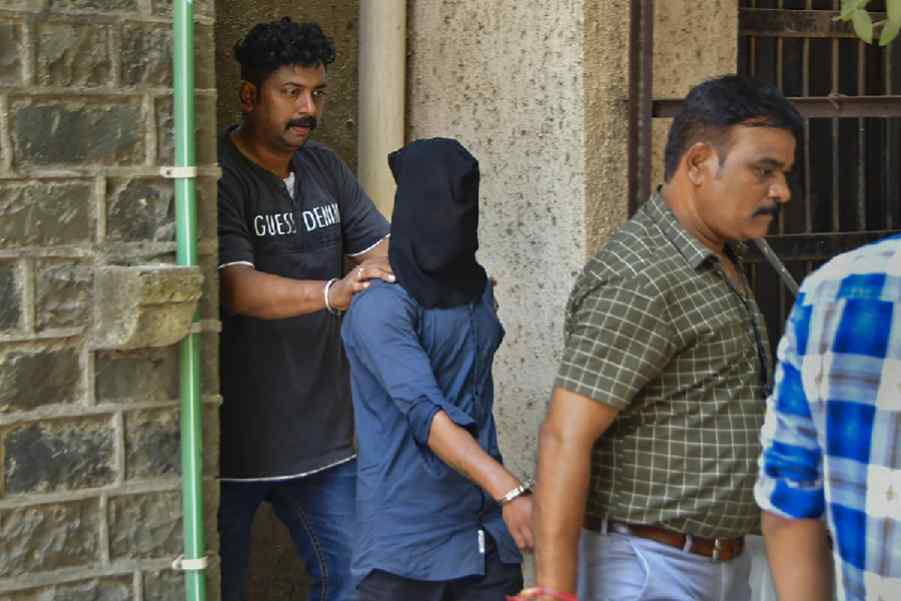Some Marwari cloth merchants gathered at Jamunadas Fakirchand’s shop in central Calcutta’s Sutapatti to discuss protection for stray cows. Out of that discussion was born the Calcutta Pinjrapole Society, a non-profit organisation for cow shelter and protection. That was July 1885. To date, the society office on Armenian Street has a bas relief of a cow.
In the late 19th century, cow protection had emerged as a big issue.
In fact, in Modern India 1885-1947, historian Sumit Sarkar writes how there were agitations for legislation on the issue. Then, in 1881, reformist Dayanand Saraswati published a pamphlet on the subject, Gaukarunanidhi, and local gaurakshini sabhas started to spring across India, especially in the north. Sarkar writes that gaurakhshini sabha courts punished sale to butchers by fine or social boycott.
A century and more later, the Calcutta society is the biggest such in Bengal with 6,000 cows in its care. “Our head office is in Burrabazar and we have seven gaushalas in the outskirts — Kalyani, Raniganj, Liluah, Chakulia, Sodepur [it has two] and in Hazaribagh,” says the general secretary of the society, Pawan Tibrewalla. There are many smaller cow shelters too with 100 to 200 cows.
I am at Tibrewalla’s office in central Calcutta; he is a businessman. Gaushala literally means a home for cows, whereas pinjrapole is a place where all kinds of animals are taken in and cared for. Tibrewalla, however, seems to use the terms interchangeably. He continues to talk about the generous land donations made out to the society, the crores spent recently on a dharamshala in Sodepur, the production of gau mutra and how it is used to make phenyle, and cow dung is used to make hawan tikiya (a puja accessory) .
Wasn’t there a news report not long ago about the society encouraging people to use cow-dung cakes instead of wood and electricity at north Calcutta’s Nimtolla crematorium? Says Tibrewalla, “Yes, it is cheaper. Around 200 kilos of cow dung is used to cremate a single body as compared to 260 kilos of wood.” He adds, “This is also pure, na?”
It seems more novelty is in the pipeline — a milk packaging machine, organic farming. But this society is not about earning revenue, Tibrewalla makes that clear. He says, “Out of the 6,000 that we have, only 800 to 1,000 give milk. Our main objective is seva.”
He says the society is notified by random people to save abandoned cows. Some weeks ago a BSF jawan at the Indo-Bangladesh border called to inform that 300 calves were being sent to the other side. Tibrewalla adds, “We saved as many as we could. We often go to places where they sell cow meat and ask them not to kill the cows. Basically they want money, so we pay them for the cows.”
He gripes about how the cow shelter receives no support from the Bengal government. Says Tibrewalla, “In Jharkhand, Rajasthan, Haryana, the government gives Rs 40 per day per cow. And that money is for the upkeep of non-milk-producing cows.” But he is thankful that the society has generous trustees, a lot of them from Marwari business families. Some historians claim that cow shelters existed way back in the third century, and had to do with the basic tenets of Jainism.
The society brings out a magazine titled Gausamvaad. The slim quarterly publication is filled with updates from gaushalas — initiatives taken; tourist footfall; the Mahatma on gauraksha; a profile of Friederike Irina Bruning, the German woman who was awarded the Padma Shri this year for her exemplary gau seva. The issue at the top of the file is the pre-election edition, it exhorts the readers to go out and vote. The apolitical magazine — it is for cows, about cows, and claims to be a chowkidar of cows — however, draws attention to specific incidents of cow slaughter in Kerala and beef-eating in Bengal.
The editorial concludes with a single line in bold. It goes: “Aise gaubhakshako ke mati, mato ke dwaara hi sudhaari jaa sakti hai… The mindset of beef-eaters can only be changed through votes.”

